Research Areas
The strength and depth to lead the field
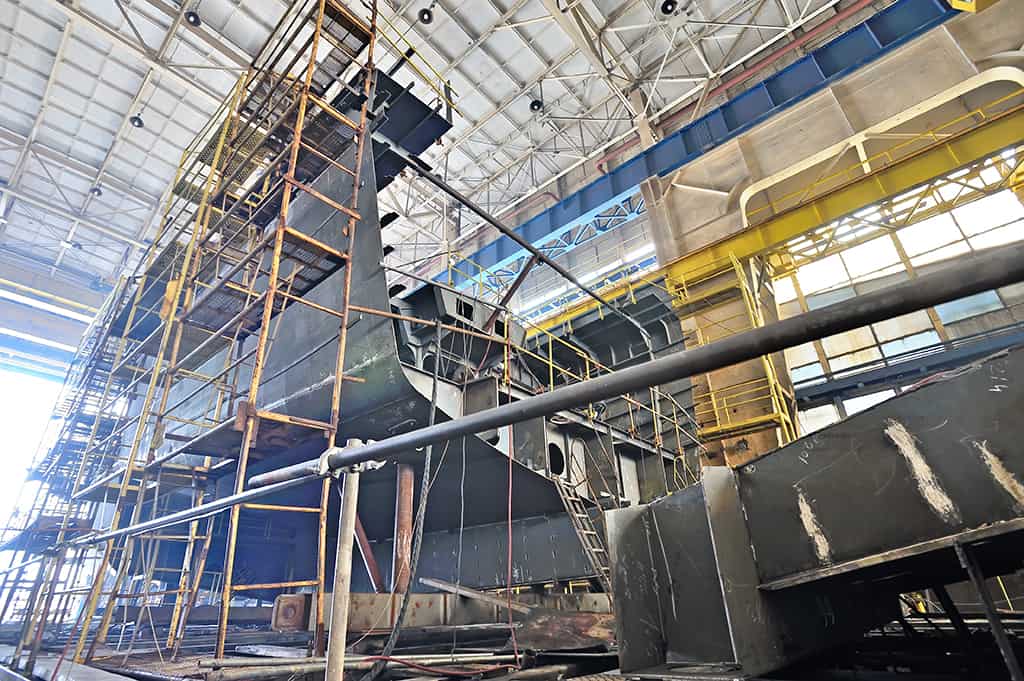
Design, production & management
Design, Production and Management focuses on ships, platforms and other marine structures. We work to design structures that are more efficient and easier to build, developing new design concepts and new manufacturing methods.
Specific areas of focus include set-based design methodology, optimization, advanced joining and manufacturing simulation and analysis of operational risk and reliability.

Dynamics & control
Dynamics and Control examines how marine systems respond to the unexpected. We design systems that can better navigate through rough seas, withstand blast events, mitigate shocks and safely handle extreme motions and loads.
Our field combines theory, analytic modeling, numerical simulation, experimentation and field testing and relies on nonlinear systems, hydrodynamics, structural modeling and random processes.
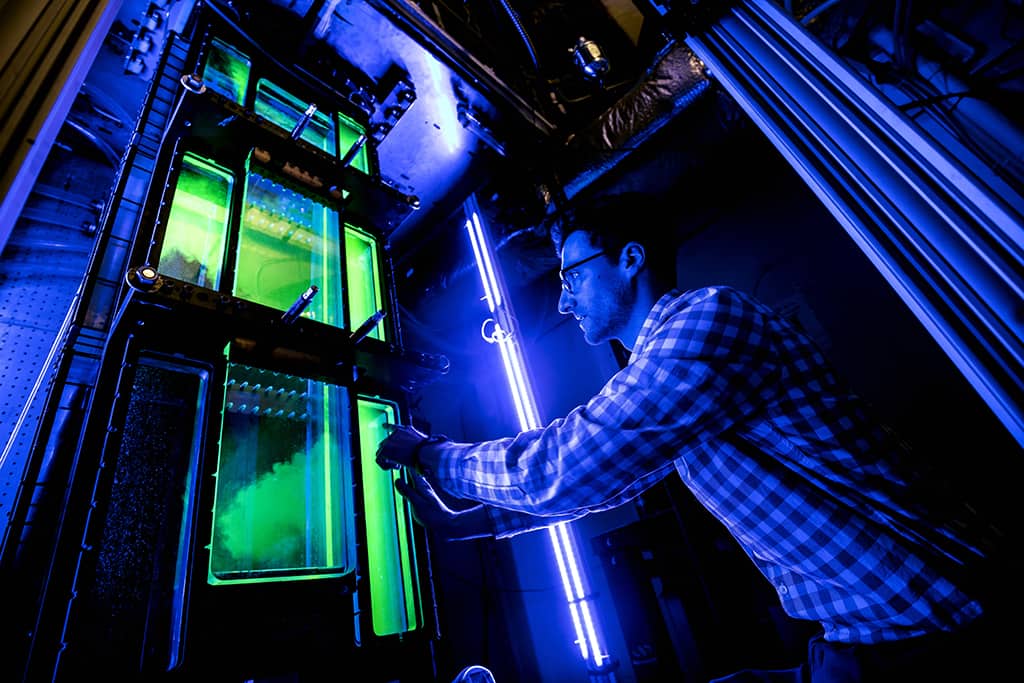
Hydrodynamics
Hydrodynamics examines water’s physical, chemical and biological interactions with structures and the environment. Our team of hydrodynamicists is working to make seagoing vessels like ships and submarines more effective and efficient, to make fixed ocean structures more durable and to extract usable energy from waves, ocean currents and wind.
Core concepts we study include drag reduction, fluid-structure interaction, super-hydrophobic surfaces, cavitation and two-phase flows.
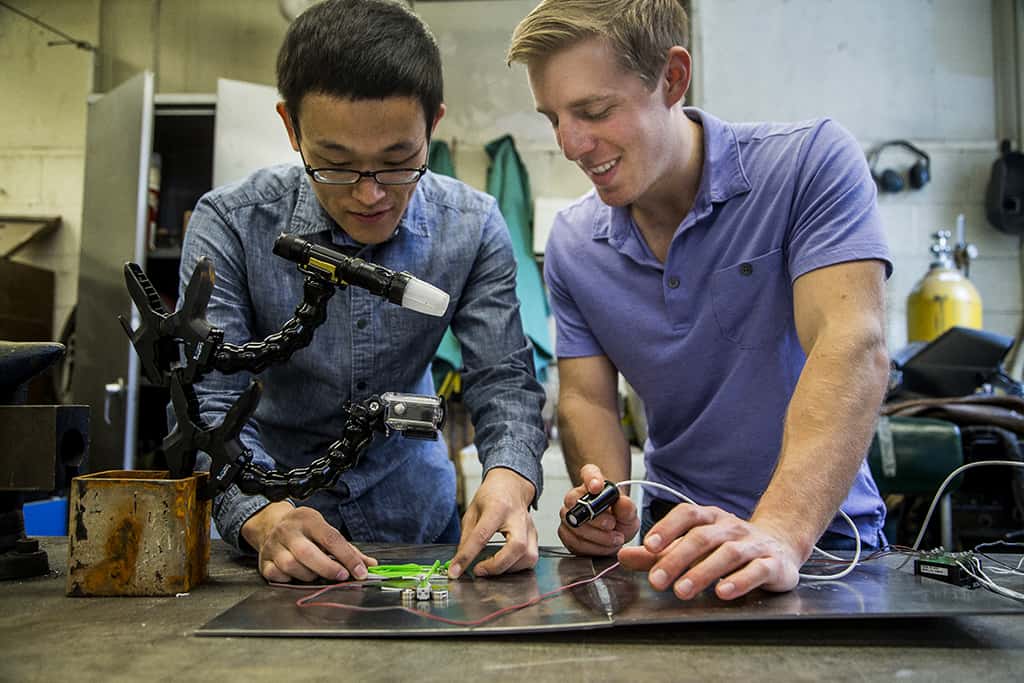
Marine and offshore structures
Marine and Offshore Structures focuses on making marine structures stronger, longer lasting, more reliable and easier to build. Our work encompasses everything from ships to submersibles, coastal structures and offshore platforms and plants. We evaluate structural integrity by using math-based assessments to determine ease of construction. We optimize strength and reliability by analyzing fatigue, fracture, dynamic response and ultimate strength.
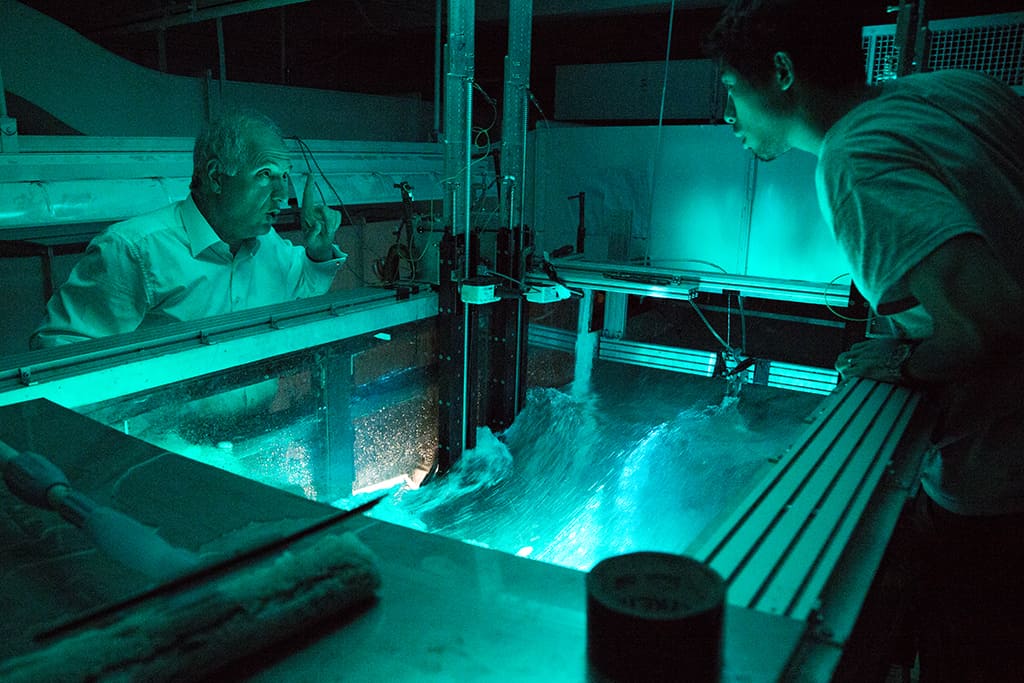
Marine renewable energy
Marine Renewable Energy is dedicated to putting the ocean’s energy to work as an abundant, clean, renewable source of power. Our current work is focused on harnessing the hydrokinetic energy of currents and tides using the VIVACE Converter.
Our specific areas of research include marine hydrokinetic energy harvesting using vortex-induced vibrations and galloping, school-fish kinematics in multi-body interaction, wave energy converters, underwater turbines and offshore-based wind energy.
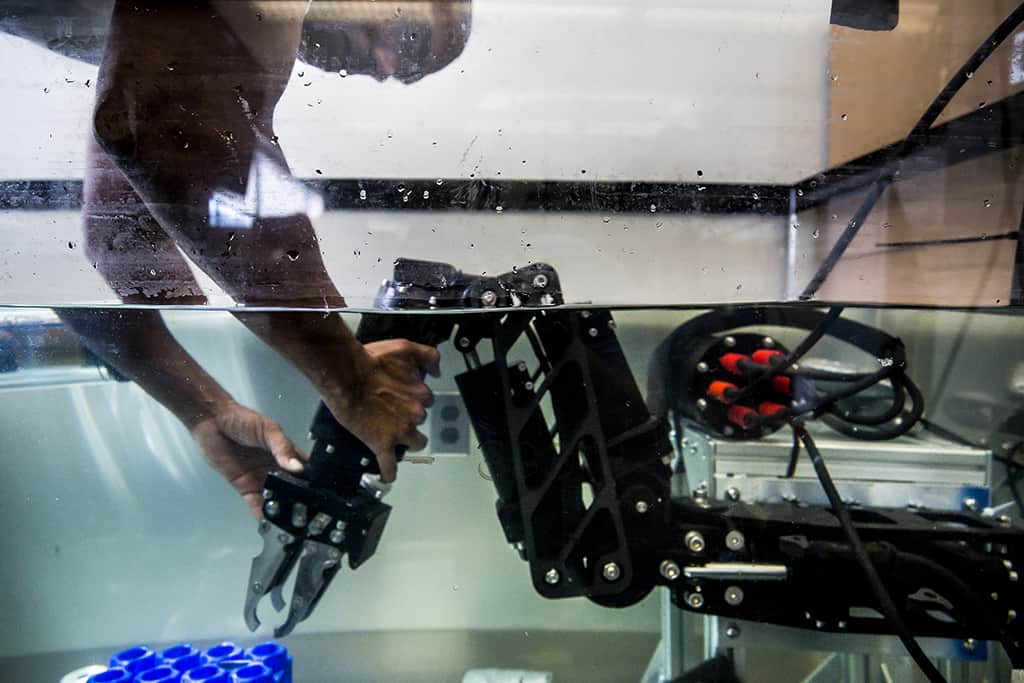
Robotics and autonomy
Robotics and Autonomy research is centered at the Perceptual Robotics Laboratory (PeRL) and creates robots and vehicles to explore, map and protect marine environments. We’re also working to develop the next generation of transportation technologies including autonomous cargo ships and remote underwater vehicles, as well as autonomous cars and other surface vehicles.
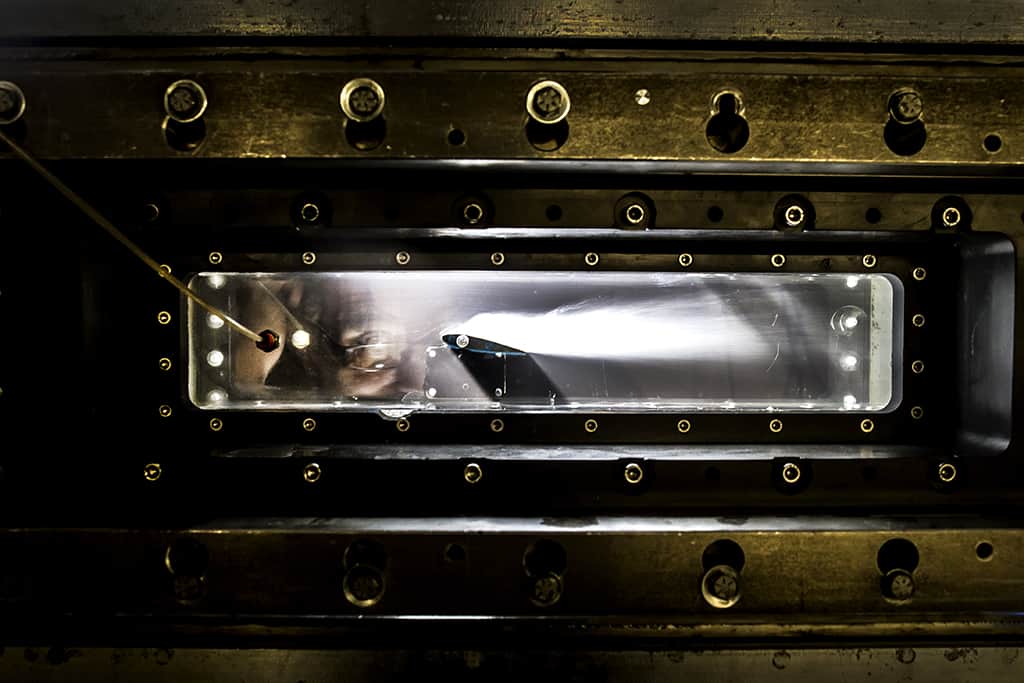
Structural and hydro-acoustics
Structural and Hydro-Acoustics explores how sound is produced in marine structures and how that sound spreads through the ocean. It’s an increasingly important field both in military and environmental applications. Specific areas of research include structural acoustics, noise produced by machinery, linear and non-linear sound propagation, acoustic localization, flow-induced noise and vibration, and remote sensing.
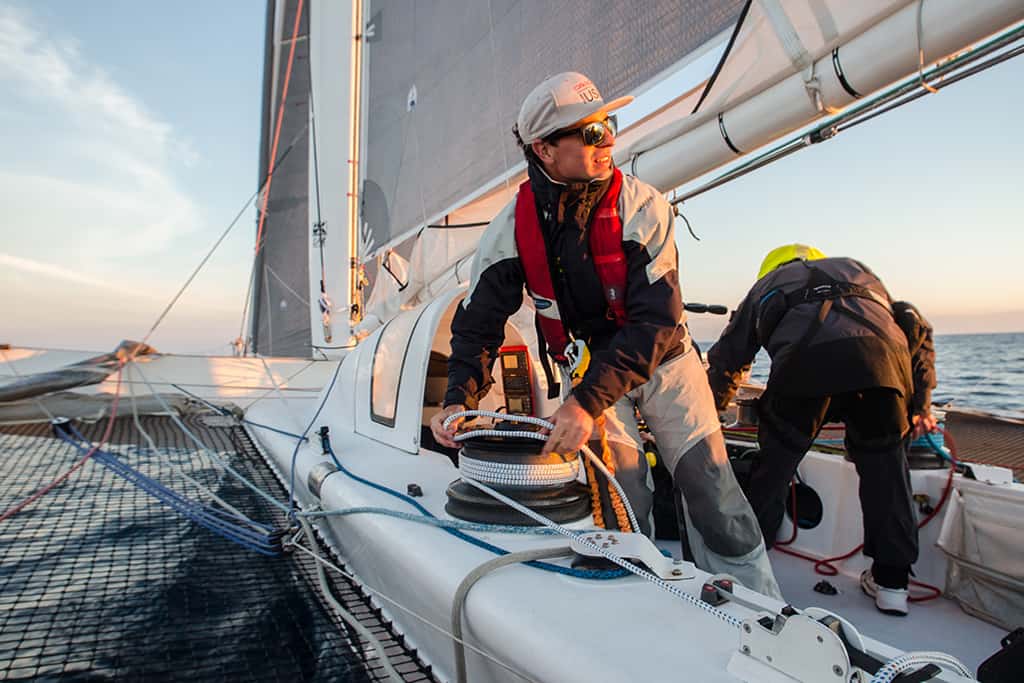
Yacht design
Yacht Design applies a variety of naval architecture fields to the design of high-performance sailing yachts. We explore aerodynamics, hydrodynamics, stability and structures, as well as state-of-the-art computational fluid dynamics. Students and faculty have the opportunity to research new ideas at world-class facilities, then incorporate them into the designs of some of the most distinctive and technologically advanced watercraft in the world.